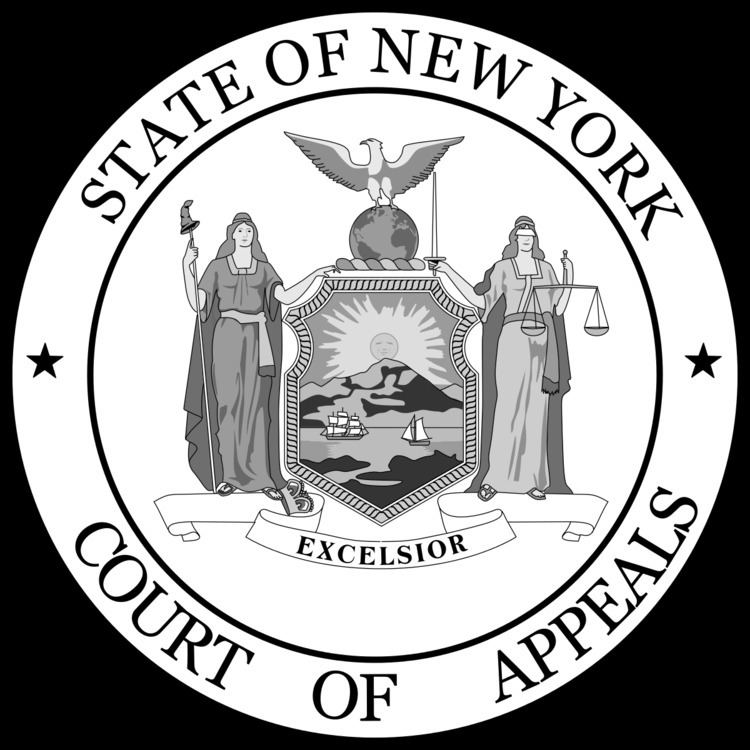Date argued 1939 | ||
 | ||
Similar Brown v Kendall, Summers v Tice, United States v Carroll To, Garratt v Dailey, Palsgraf v Long Island Ra | ||
Tedla v. Ellman (280 N.Y. 124, 19 N.E. 2d 987) was a 1939 New York Court of Appeals case that was influential in establishing the bounds of the negligence per se doctrine. Ordinarily, a statutory violation constitutes negligence. However, the court, in an opinion written by Irving Lehman, instead held that because this violation occurred in a situation not anticipated by the drafters of the statute and was in keeping with the spirit of the statute, it did not constitute negligence.
Contents
Facts
Anna Tedla and her brother, John Bachek (plaintiffs), were struck by a passing automobile, operated by the defendant, Ellman. Tedla was injured and Bachek was killed. Bachek was a deaf-mute. The plaintiff had engaged in collecting and selling junk. They picked up junk at the incinerator of the village of Islip, New York. At the time of the accident, plaintiffs were walking along and wheeling baby carriages containing junk and wood. It was about six o'clock on a Sunday evening in December. Bachek was carrying a lighted lantern. The jury found that the accident was due solely to the negligence of the operator of the automobile. The place of the accident consisted of two roadways, separated by a grass plot. There were no footpaths along the highway and the center grass plot was soft. It is not unlawful for a pedestrian, wheeling a baby carriage, to use the roadway under such circumstances. The Vehicle and Traffic Law (Cons. Laws, ch. 71) provided that "Pedestrians walking or remaining on the paved portion, or traveled part of a roadway shall be subject to, and comply with, the rules governing vehicles, with respect to meeting and turning out, except that such pedestrians shall keep to the left of the center line thereof, and turn to their left instead of right side thereof, so as to permit all vehicles passing them in either direction to pass on their right. Such pedestrians shall not be subject to the rules governing vehicles as to giving signals." The plaintiffs did not and were not observing the statutory rule. At the time of the accident, they were proceeding in easterly direction on the east-bound or right-hand roadway.
Procedural history
The defendant moved to dismiss the complaint on the ground, among others, that violation of the statutory rule constitutes contributory negligence as a matter of law. The trial judge left to the jury the question whether failure to observe the statutory rule was a proximate cause of the accident. The trial judge found for P, which the appellate division affirmed. On this appeal, D argues the pedestrians were contributorily negligent as a matter of law for violating the statute.
Ellman appealed an order from the Appellate Division affirming a judgment entered upon a verdict in favor of Tedla in their action for negligence.
Issue and holding
The court delivered the following decision.
Analysis
This is part of the violation of statute argument used under negligence per se. However, violation of statute will not be negligence per se if there is an excuse for that violation; such as the one given in this case. So the statute will create a general duty of care but that does not alleviate the common law duties of care nor the duty to act as a reasonable person under the same or similar circumstances. One such excuse for deviation is a greater and unreasonable danger being faced while adhering to the statute. We agree with the court that only a fool would walk on the side where the traffic is extremely heavy as opposed to walking on the side where the traffic is light. So part of the prima facie case related to statutes must include a determination whether the violation of the statute was excused.
